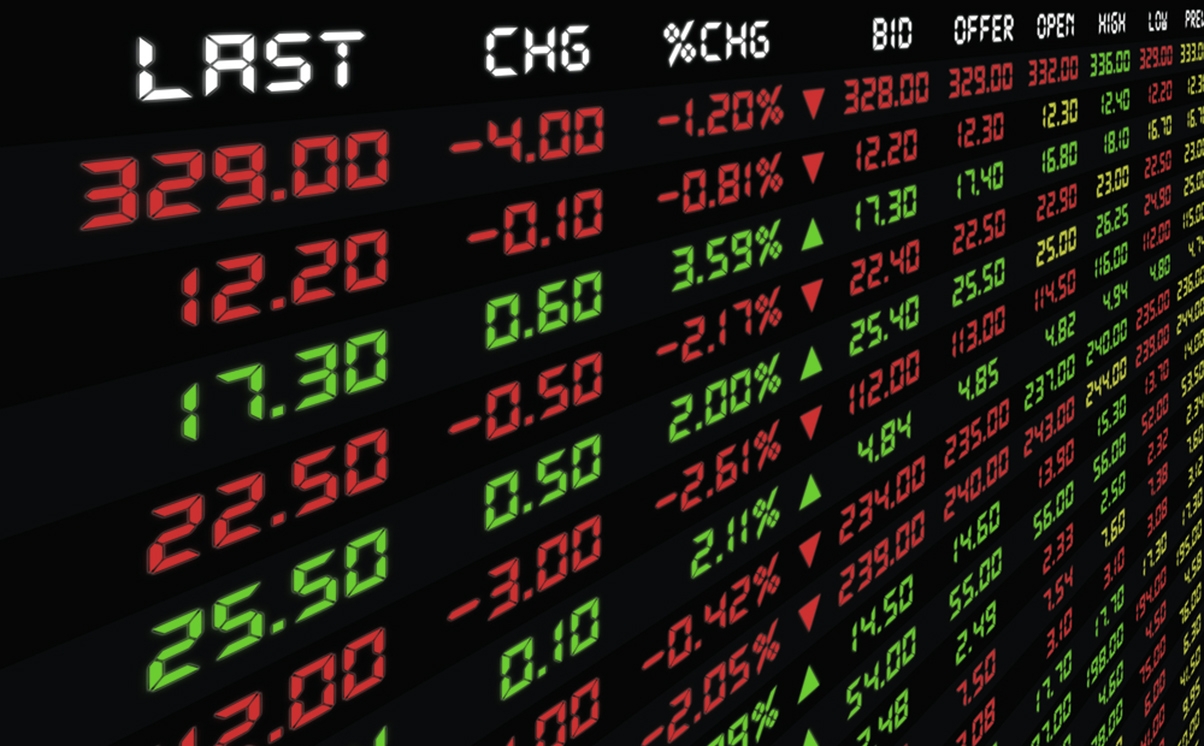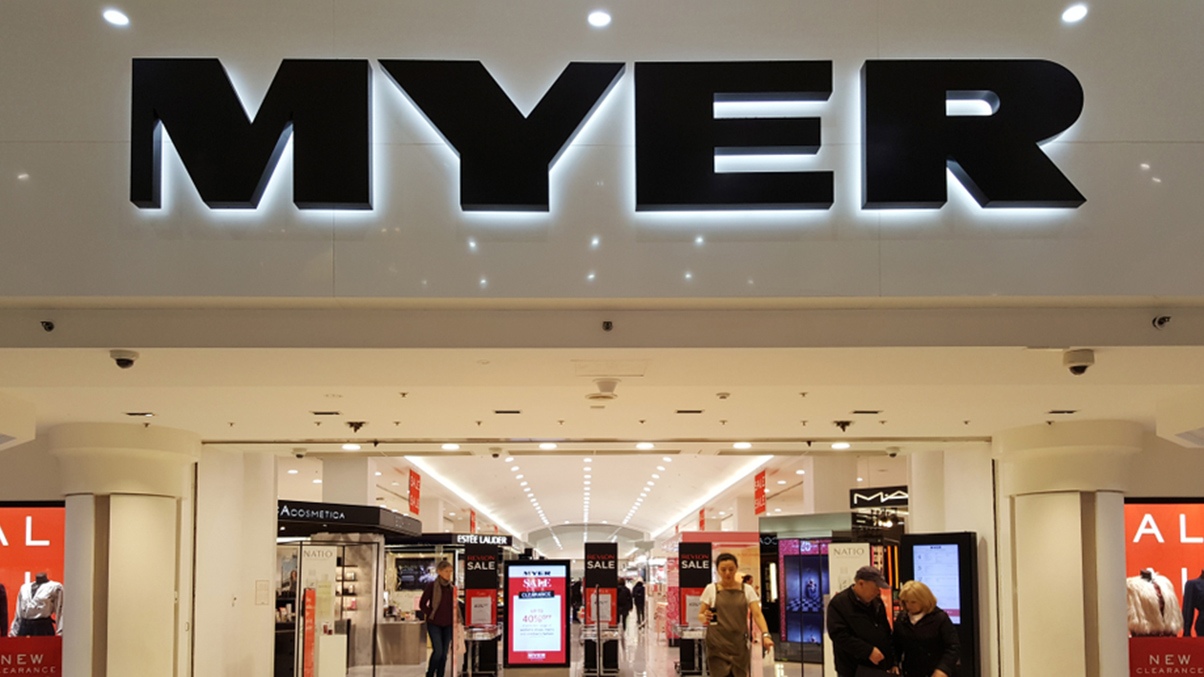In the recent case of Glossop Cartons and Print Limited v Contact (Print & Packaging) Limited [2021] EWCA Civ 639, the Court of Appeal reiterated that the leading authority for damages in respect of fraudulent misrepresentations is the House of Lords decision in Smith New Court Securities Ltd v Citibank N.A. [1997] A.C. 254 (“Smith New Court”).
In that case, the court decided a defendant was required to make reparation for all damages flowing directly from the share transaction entered into in reliance on the fraudulent misrepresentations. In addition, the claimant was entitled to recover consequential losses caused by the transaction. The rationale for that judgment was the principle that a person who acts fraudulently is liable for all the consequences of their fraud, however foreseeable or remote. Harry McGowan looks at the decision.
The background
The claimant sought damages for fraudulent misrepresentations in relation to three linked agreements entered into on 23 November 2015. The agreements involved the purchase of the principal part of Contact (Print and Packaging) Limited’s business and assets (the “Asset Purchase”) and the leases of three commercial units. The High Court found that the defendants had made fraudulent misrepresentations in respect of an electricity supply and flooding.
When considering the quantum of damages, the judge decided that the claimant should not be insulated from “potential commercial risks which it had appreciated and factored into its calculation of the purchase price because to do so would over-compensate the claimant for the consequences of the defendant’s fraud”. In his reasoning, the judge also excluded certain claimed losses because there was no causal link between the fraudulent representations and the loss.
The claimants appealed against the quantum judgment. It claimed that the judge was mistaken in his approach to assessing its loss, including requiring a causal link between the fraudulent misrepresentations and the loss.
The issue
Contact (Print & Packaging) Limited was a loss-making business. Therefore, the business assets Glossop had purchased were difficult to value because a loss-making business is not readily saleable. The claimants suggested the judge should start with the assumption that the price paid represented the market value. He should then deduct a figure to reflect every flaw or defect they had not factored into their calculation of that price to reach the true market value (the “deduction method”). The judge agreed with that methodology but thought certain crucial flaws or defects could not be deducted from the purchase price. These included:
- potential losses and commercial risks which the claimants had appreciated and factored into the purchase price, and
- losses sustained as a result of commercial misjudgements on the part of the claimant, which were wholly unrelated to the seller’s fraud.
Sir Geoffrey Vos, giving the lead judgment for the Court of Appeal, stated that the deduction method is wrong in principle. It would require the court to consider what subjectively the claimants may or may not have “factored in” to their calculation of the purchase price. Such matters are irrelevant to the calculation of direct loss for fraudulent misrepresentation. In a typical case such as this, the court is merely required to ascertain on the evidence the actual value of the assets purchased at the relevant date and to deduct that figure from the price paid.
Sir Geoffrey Vos restated that the component parts in calculating total loss for fraudulent misrepresentation are:
- Direct loss: the price paid for the asset minus the value of the asset at the valuation date, plus
- Consequential losses caused by the transaction,
With there being a requirement on the claimant to take all reasonable steps to mitigate their loss once the fraud has been discovered.
Direct loss
The claimant is entitled to recover, by way of direct loss, the difference between the price it paid and the market value of the assets purchased at the relevant date. The market value of the assets is an objective valuation and not a subjective valuation on what the claimant may or may not have thought about the commercial prospects of the business at the time of the purchase. Therefore, claimants seeking damages for fraudulent misrepresentation can be compensated for making a bad bargain, even if they knew or ought to have known about defects in what they were buying before they entered into the transaction.
Valuation date
From Smith New Court, the general rule is that the valuation date to determine true value will be the date of acquisition of the asset. However, that rule should be flexible to ensure the claimant is fully compensated.
The general rule will not normally apply where either:
- the misrepresentation has continued to operate after the date of the acquisition of the asset so as to induce the claimant to retain the asset, or
- the circumstances of the case are such that the claimant is by reason of the fraud locked into the asset.
The judge at first instance determined the relevant valuation date to be 11 December 2015 (and not the transaction date of 23 November 2015), as this was the date the claimants “were aware of the true facts” of the fraud. Neither the Court of Appeal nor the defendants objected to this being the valuation date.
Causation and consequential loss
Sir Geoffrey Vos stated that for consequential loss, the losses had to flow directly from the transaction, be caused by it, and be unaffected by any failure by the claimants to mitigate. He then commented that the claimants were right to submit that the judge ought not, insofar as he did, to have speculated either about what the claimants would have done if the fraudulent misrepresentations had not been made or had been true.
On causation, he stated: “It would, however, have been wrong to require a causal link between the fraudulent misrepresentations and the loss. A causal link between entering into the transaction and the consequential loss claimed is what has to be established.”
Comment and application to section 90A Financial Services Markets Act 2000 (“FSMA”) cases
The judgment is unsurprising given the first instance judge departed from the normal rules set out by Lord Browne-Wilkinson in Smith New Court. However, it does reiterate that the legal causation claimants have to show is the link between the entering of the transaction and the loss claimed, not the link between the fraudulent misrepresentation and the loss claimed. Also, if the misrepresentation has been ongoing and the claimant still owns the asset, the case is supportive of the valuation date being the date when the true facts are known.
We believe fraudulent misrepresentation jurisprudence will be applied to cases under s90A FSMA, given that the statute’s cause of action is based on the tort of deceit.
S90A of FSMA holds issuers of securities liable to investors who have suffered loss due to relying on published information or dishonest omissions in published information that the “persons discharging managerial responsibility” of the issuer knew to be misleading or were reckless as to the truth. A “person discharging managerial responsibility” is assumed to include statutory, de-facto and shadow directors of the issuer.
The Glossop Cartons case is, therefore, supportive of the quantum measure in s90A FSMA cases being equal to the claimants’ purchase price of their shares minus the market value of their shares at the time the claimants were aware of the true facts of the fraud.
Given the reiteration by Sir Geoffrey Vos that the legal causation test claimants have to satisfy is the causal link between the transaction and the loss claimed, this should be straightforward to satisfy in s90A FSMA cases as the main loss claimed by investors will be the drop in price of the shares they purchased. This suggests that the main battleground between claimants and defendants in s90A cases will continue to be claimants’ reliance requirements and the knowledge of the defendant’s (ie the issuer’s) “persons discharging managerial responsibility”.
You can find further information regarding our expertise, experience and team on our Securities Litigation pages.
If you require assistance from our team, please contact us or alternatively request a call back from one of our lawyers by submitting this form.
Subscribe – In order to receive our news straight to your inbox, subscribe here. Our newsletters are sent no more than once a month.





